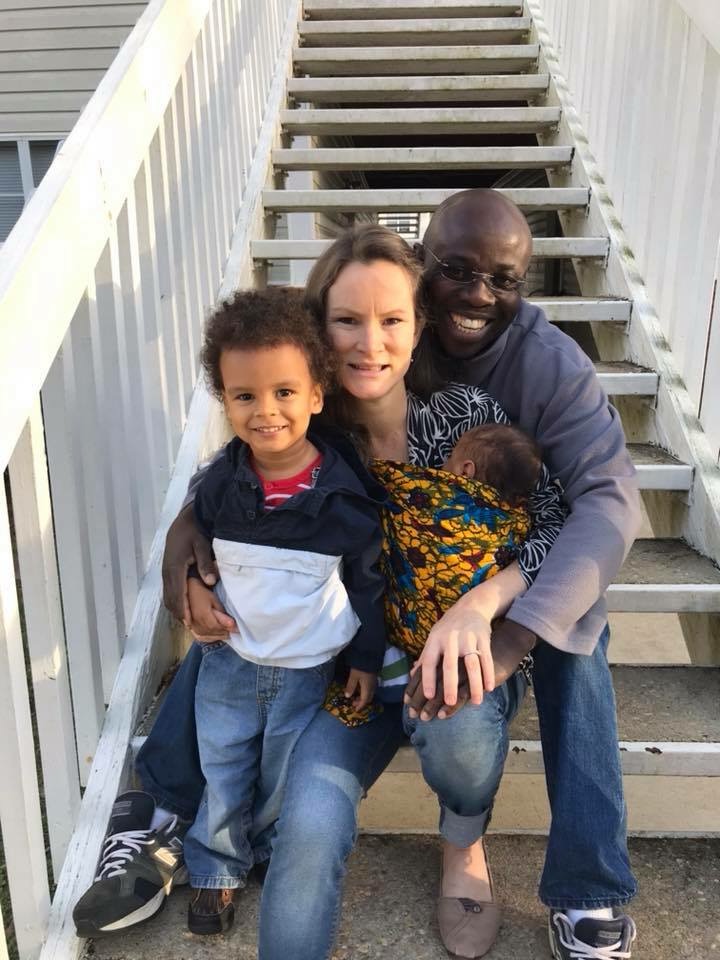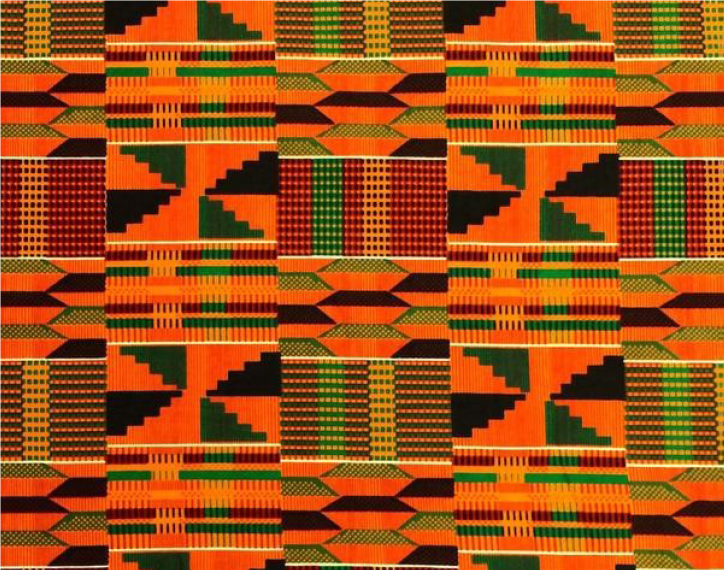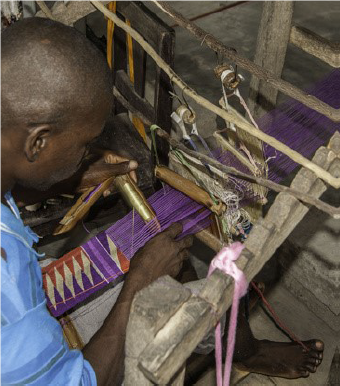The Creative Beauty Of Kente
Posted by Heidi Baah on on May 8th 2018
The Creative Beauty of Kente
Although this post is not meant to be about our family, we want to share that since our last post (and the reason for the delay in posting more!) is that we’ve expanded from three to four! We now have two active, amusing boys: Kwaku (3 years old) and Kofi (6 months). One of our greatest delights is watching these little guys develop their abilities and unique gifts and personalities. It seems like every day they learn, do, and express something new…mostly without any help from us! How remarkable it is the way God has designed people to “figure out” so much of life without any outside influence.

Kwaku (3) is really into creating with playdough. He also loves to build with Duplos (toddler Legos), coming up with a variety of constructions with just a few blocks. Perhaps he will take after his dad and combine talents in both art and engineering to become a shoe designer!
One element with which Kwame has had fun creating new footwear designs is Ghana’s Kente cloth. This material is itself a remarkable product of art and engineering as well as a significant part of Ghana’s history and culture. If you own a pair of our Kente sandals or shoes (or have admired them!), we thought you might enjoy learning a little more about this fascinating cloth.

Kente cloth has become popular around the world in recent decades, but its roots go back to Ghana and specifically its southern region, known as the Ashanti region. The Ashanti are a part of the Akan people group. “Kente” is an Akan/Ashanti word meaning basket, but the Akan also refer to the material as “nwentoma,” meaning woven cloth. Some Ghanaian history suggests that the Ewe tribe, in addition to the Ashanti, could have played a role in the origin of Kente. The Ewe are well-known for expert weaving, and they have a word in their language, “Kete,” a combinations of the words ke (“open”) and te (“press”), referring to the actions of the weaving loom, from which the word Kente might have derived. Whatever the exact facts of Kente’s origins might be, there is a lovely Ashanti legend about two farmers who were enthralled with a spider’s web, and tried to recreate it by weaving the black and white fibers of the raffia tree.
For many centuries, Kente was mainly worn by royalty because it was usually woven with silk, an expensive material imported through the trans-Saharan trade route. Even though it is often made with cotton, rayon, or other materials today, it is still pricey because all of the threads are imported. The cost is also due to the intricate process of weaving, which takes much time and human energy.One expert estimated that a strip of cloth (similar to the width and length of a graduation stole sash) could take an entire day’s work by the most skilled craftsman! The way Kente cloth is woven and the types of patterns that are created are both wonders to behold.

Don’t you love a good story? So do Ghanaians! They even tell stories and express ideas and proverbs through the Kente cloth.Every color has meaning, so the way they are used in various patterns, sometimes in combination with the Adinkra symbols, work together to express a specific idea, often with multiple layers of meaning. Below are some of the meanings associated of many common colors in Kente cloth (as found on Wikipedia) .
- black: maturation, intensified spiritual energy
- blue: peacefulness, harmony and love
- green: vegetation, planting, harvesting, growth, spiritual renewal
- gold: royalty, wealth, high status, glory, spiritual purity
- grey: healing and cleansing rituals; associated with ash
- maroon: the color of mother earth; associated with healing
- pink: assoc. with the female essence of life; a mild, gentle aspect of red
- purple: assoc. with feminine aspects of life; usually worn by women
- red: political and spiritual moods
- silver: serenity, purity, joy; associated with the moon
- white: purification, sanctification rites and festive occasions
- yellow: preciousness, royalty, wealth, fertility, beauty
You might know our shoes have their own story, one that we hope compels people to use their purchasing power to better the lives of those in need in Ghana. Now you know a bit more of the story behind the unique fabric we use too! If you get interested in looking at images of Kente, we would love to hear what colors and patterns appeal to you…we may even consider them for future designs!

